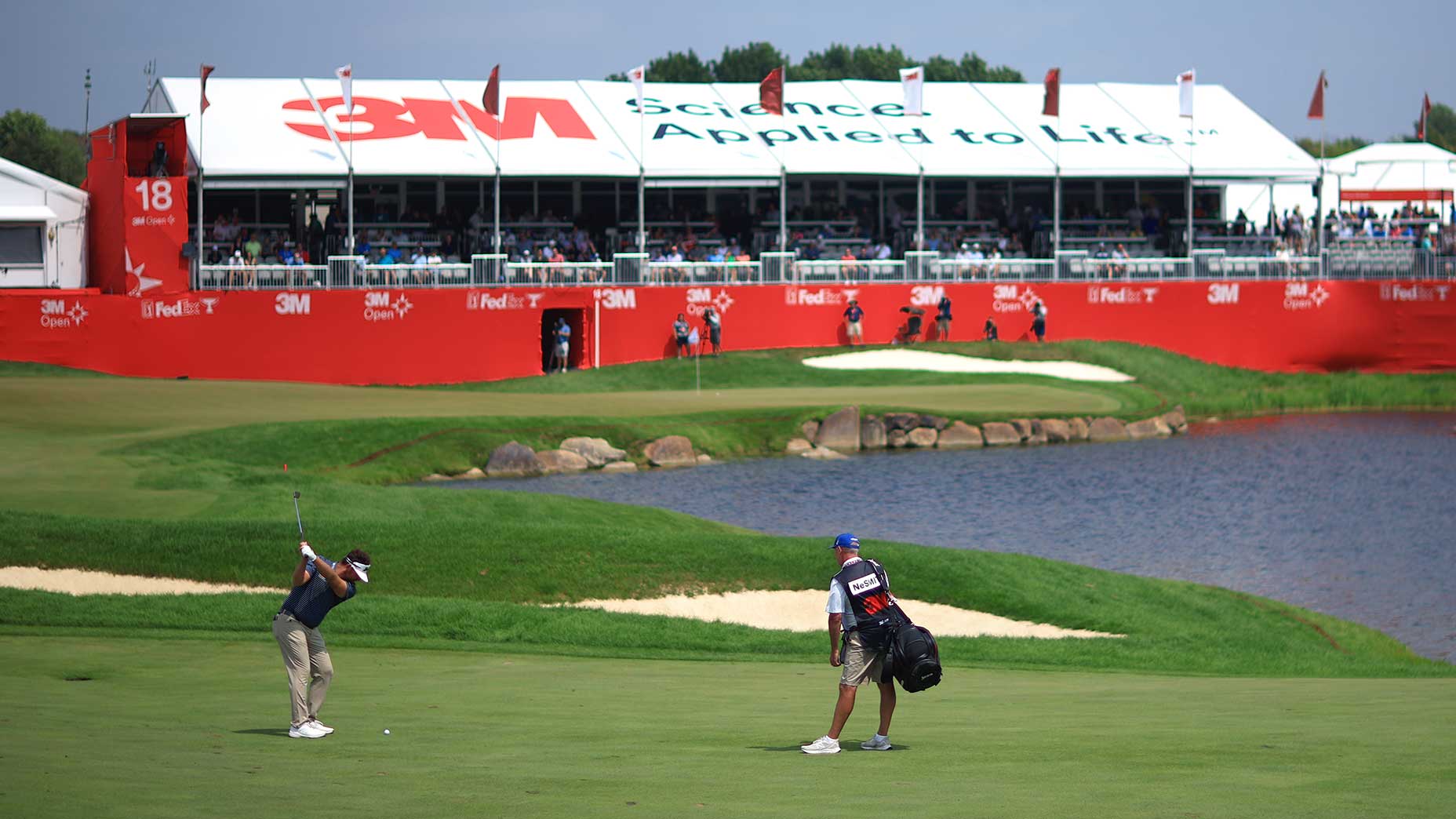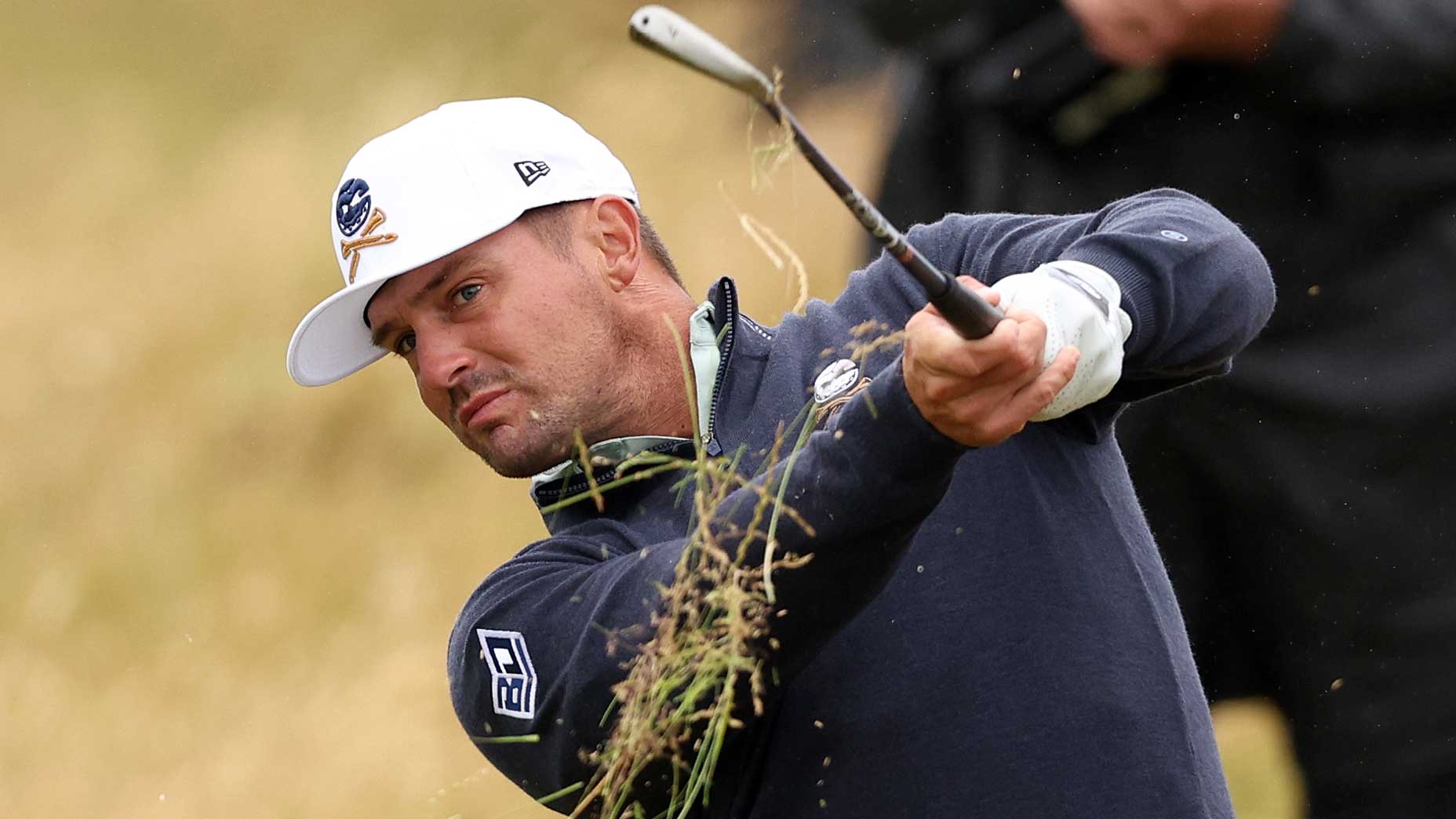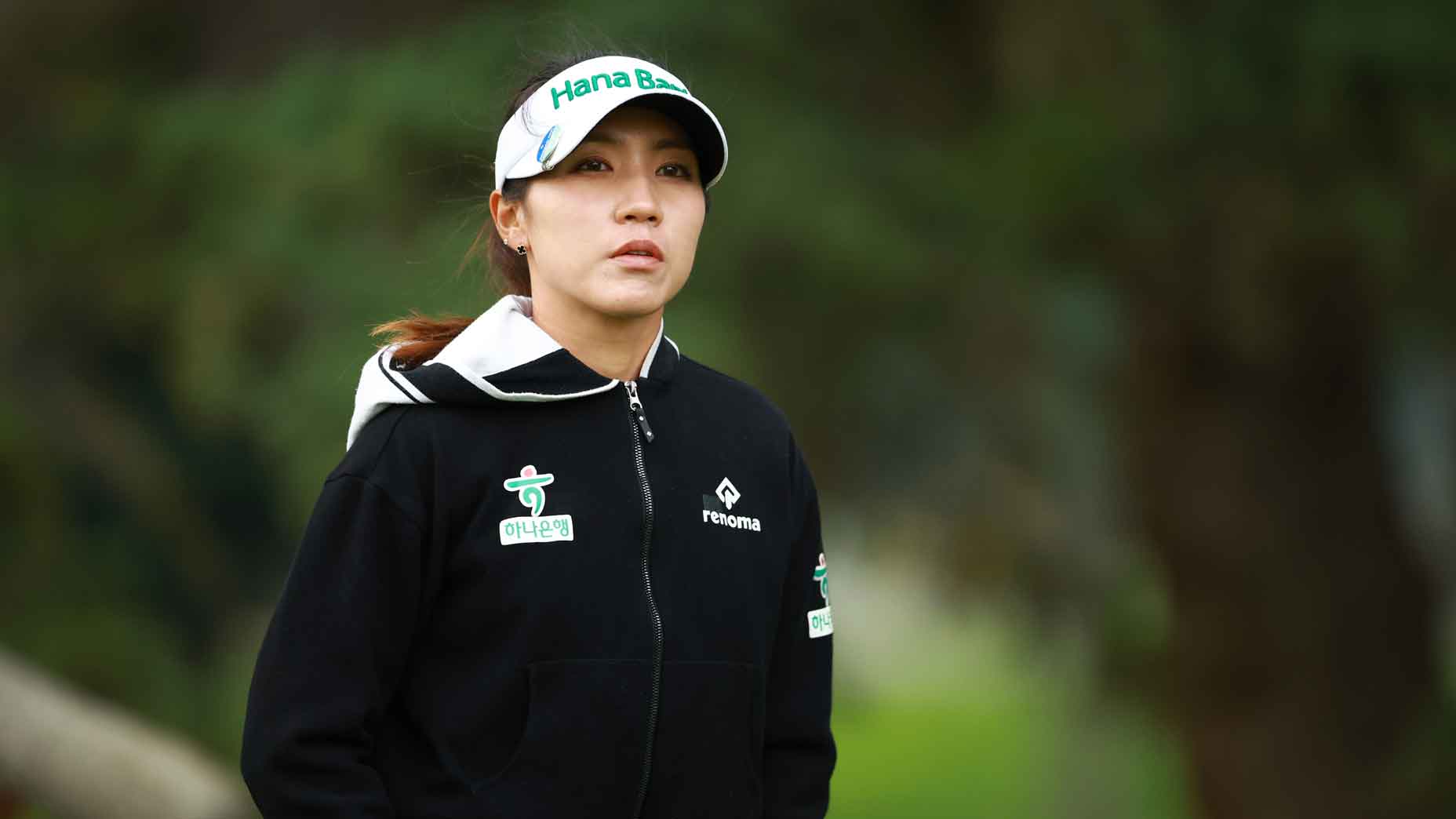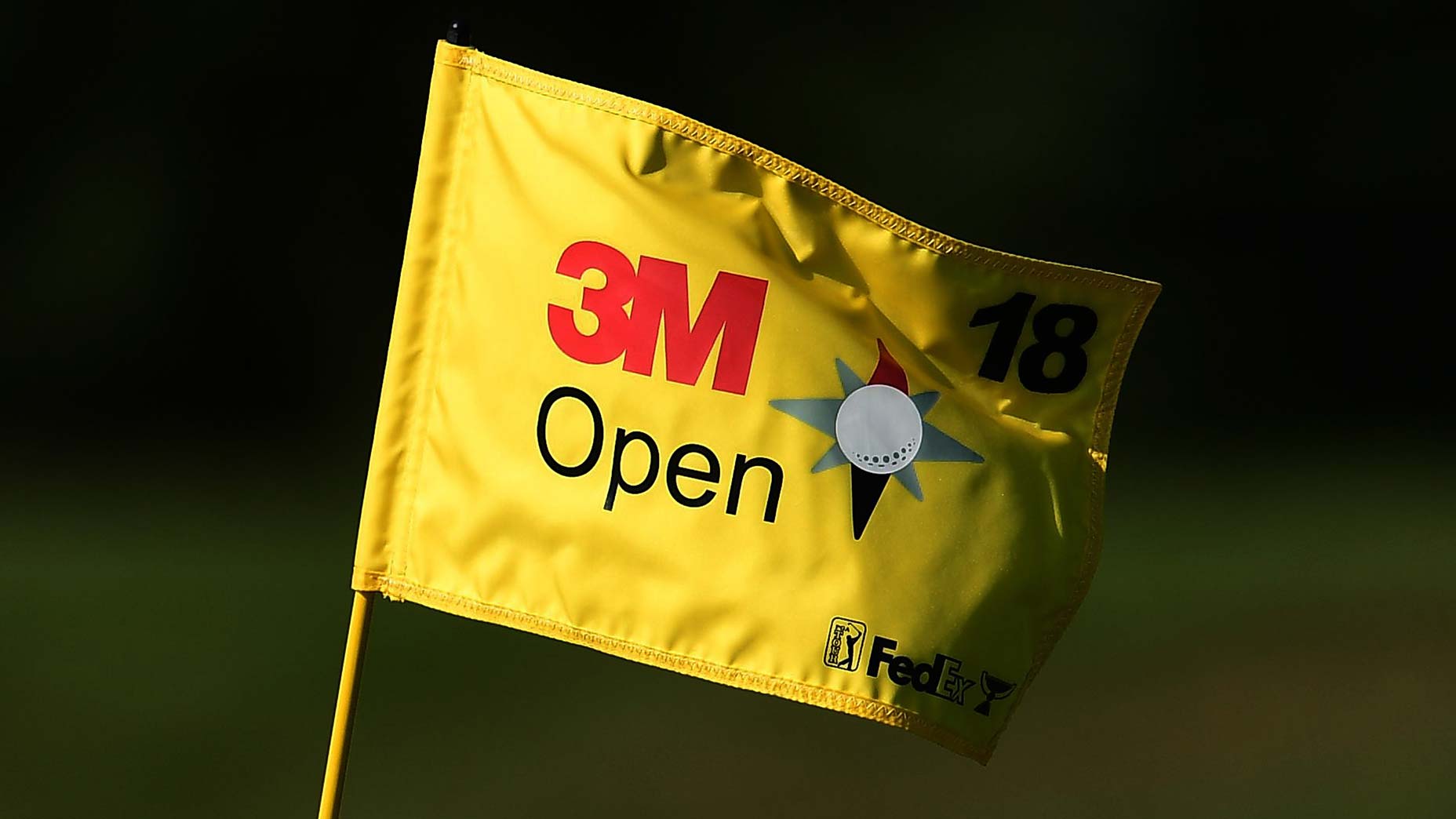AUSTIN, Texas — Tiger Woods rarely ventures onto tour trucks to just hang out. But that could be changing. On Monday, TaylorMade unveiled a double-decker tour truck replete with couches and a large flatscreen television on the second level.
“This could be a great place to play Call of Duty,” Woods said with a grin.
Back when Woods was on the mend from back surgery in 2016, he played an insane amount of the video game to pass the time. These days, his free moments are more limited with a packed tournament schedule.
Woods is teeing it up this week at the WGC-Dell Technologies Match Play in his final tuneup before the Masters. It’s likely his equipment setup will look similar (if not identical) to what he’ll have in the bag at Augusta.
Since Woods returned to the course last year, his setup has undergone significant changes, from adjustable TaylorMade metalwoods for the first time in his career and shaft changes to two different iron models and new wedge grinds.
More than a year removed from the start of the gear changes, Woods sat down to assess his current setup in a wide-ranging interview.
On his first reaction coming into the new TaylorMade tour truck:
TIGER WOODS: I didn’t know it was a double-decker. It’s pretty incredible. Honestly, I’m blown away. Can’t wait to see everybody getting clubs inside here as it fills in.
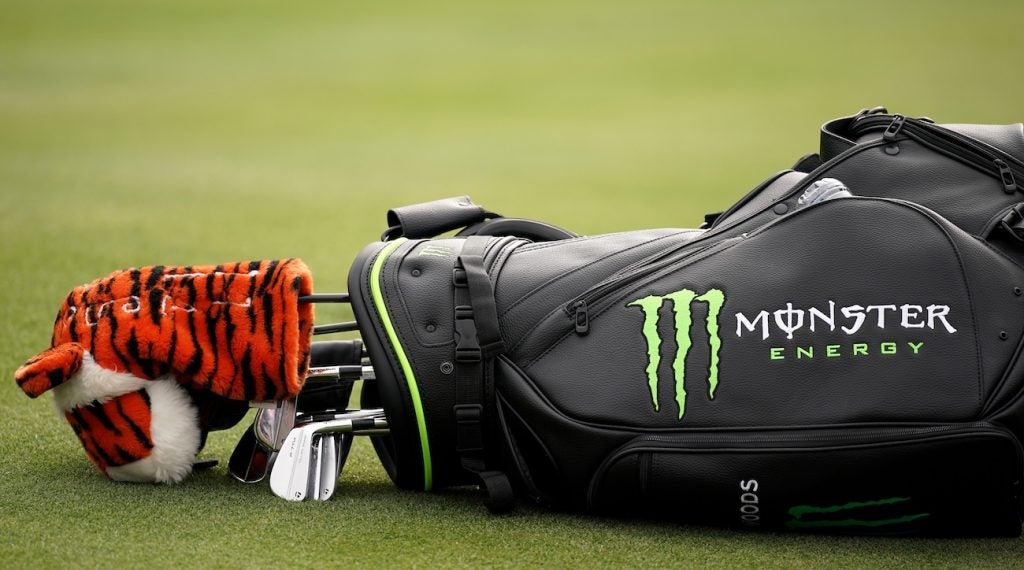
On the amount of time he typically spends in a tour van:
WOODS: Almost never. I’m one of those guys that does a lot of my tinkering at home. When I come to a tournament, I don’t tinker anymore. [If] I’ve been practicing a lot, my grips need to be redone, or something like that. I’ll check lofts and lies [because] when I’ve been practicing a lot at home, my irons tend to get flat. So I’ll have [TaylorMade Tour rep] Keith [Sbarbaro] come in, but generally I just throw him my clubs and let him go do it.
On where he conducts most of his equipment testing:
WOODS: I’m one of the guys that don’t really change anything while I’m at a Tour site. I do all my testing at home. Now, if you come to my house you’ll see that I’ve got clubs everywhere, and [I’m] testing, and I’ve got all different data. That’s different.
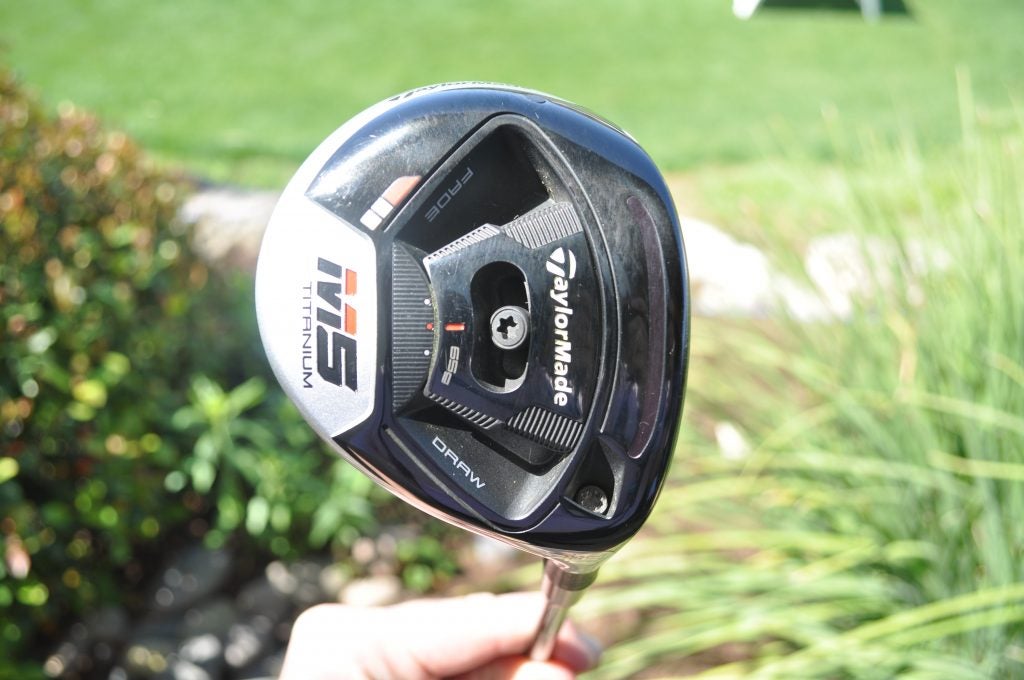
On getting acclimated to TaylorMade equipment:
WOODS: Well, the irons were pretty simple because they made them just like my old ones. We had an issue prior to that because they wanted me in a different metal, and I found that I was hitting the ball too far. You know, with all this technology I kept hitting the ball too far. I don’t want to do that. I want to hit the ball at my numbers. So, we worked them, put my old grooves back into these irons, and then I started hitting my windows, my numbers, and everything was good to go so, I put them in the bag.
But more than anything it’s been the woods — how much distance I’ve picked up since I’ve been with TaylorMade. You have to understand, this is the first time that I’ve ever played a non-glued hosel. I’ve never played anything with Nike all those years. And then when I came back from all my injuries, it was tinkering around with the lofts, the weight distribution, and it just changed all my numbers and I was like, “Wow.”
Usually, I come to a testing and there’s like 50 drivers, up on a tee, I hit each single one about three times or so, and then we sort them out that way. Then we re-test them again. That takes two days and I’m so friggin’ tired. Now it’s like click, back in and hit again. “Let’s go this way, let’s go that way.” And all the sudden I have a new driver in 20 minutes. So that was a bit of an adjustment for me, trying to understand that. That whole side of how the hosel works, and how all the weights can play a big difference in my spin rate and my launch conditions.
So I had to learn a lot of that. I either talked to the players that we have – like DJ, Rory. They were instrumental in helping me understand that. And then, working with Keith, trying to understand the time that I had a glued hosel to what we have now. So that was a bit of an adjustment, but I was able to make it.
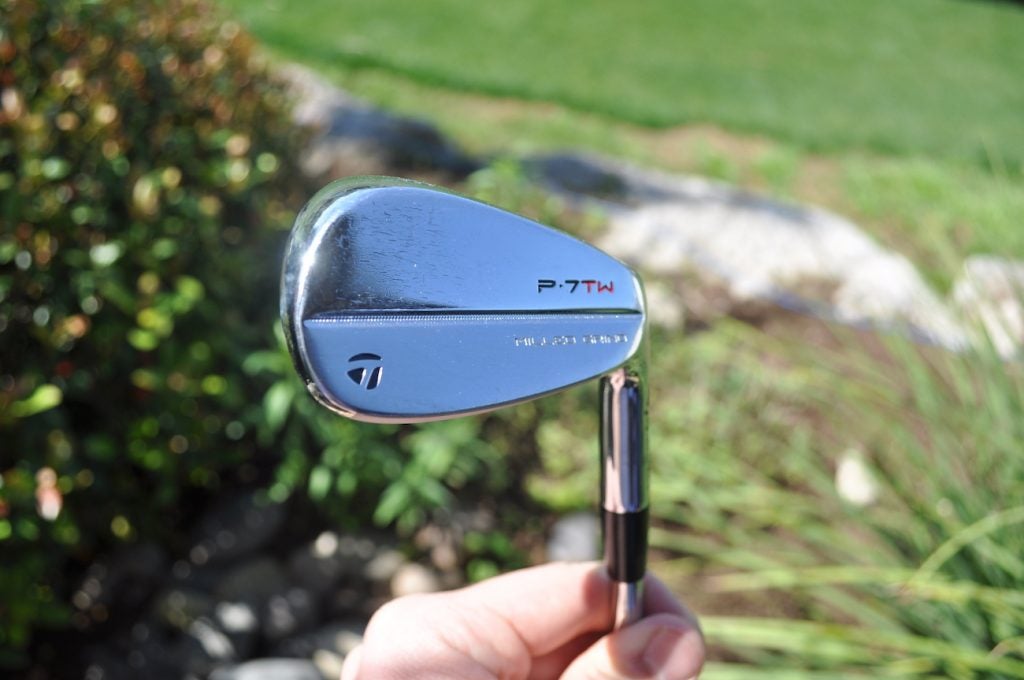
On transitioning into adjustable metalwoods:
WOODS: [I was] asking [Dustin Johnson] and asking Rory [McIlroy]. [Jason Day], I called him up many of times trying to figure it out, because I didn’t know. It was a big adjustment for me. And then with the weight there, how they work, and trying to understand that. And then, for me, my feels, and trying to understand my body at the same time. Those were all things that were playing together at the same time. But it all came together in the playoffs [last year] when I switched to my old shaft. I went back to my old [Mitsubishi] Diamana shaft that I’ve had so much success with. I went back to that shaft, got me a little bit more spin on my driver and ended up hitting fairways. Ended up winning the Tour Championship.
On switching from TaylorMade’s TW-Phase1 irons to P7TW Prototypes:
WOODS: The Phase1 was more of the challenge, because it was trying to go from Nike to TaylorMade. Once they got the metal, the grooves, my CGs just right, between the Phase1 and the P7TWs, it wasn’t anything, except they were non-milled. Now they can make them again and again and again, and they’re all the same. But the transition from Nike to TaylorMade was a bigger change. Once we got it right, I was pretty consistent going into the greens this past year. I had a lot of confidence hitting the ball inside of 15 feet, and that helped. It’s one of the reasons why I had the success that I had the entire year.
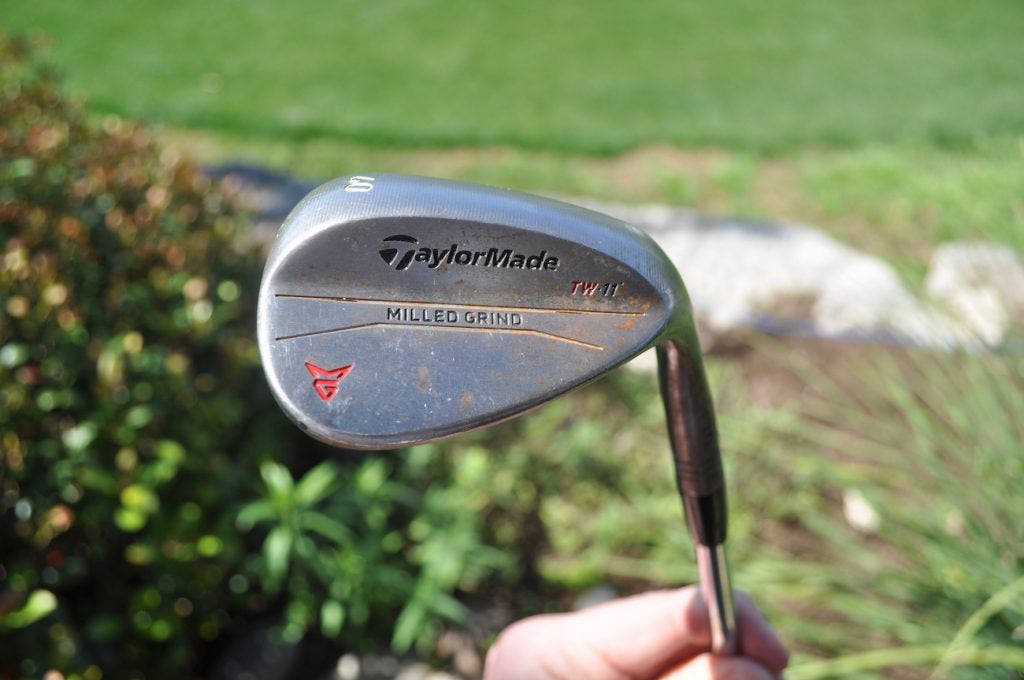
On regularly changing out his wedges:
WOODS: Well, they’re making them… obviously, they’re milled, so they’re identical. I have two different wedges: one I used last year, and one I’ve been testing around a little this year a little bit because of the rough, and I’m trying to get a little more bounce out of the bunkers. I have two different 60-degree wedges that I can play with.
When I was with Nike, we would take eight sets, or eight different wedges, and literally hand-grind them all. I’d hit them, I’d test them, I like this, I like that. Buff them off, try to get them just right, and then each one felt exactly the same. But after use, at home practicing, bunker work, the grooves started getting worn down so I would send one in, have that re-blasted. That [wedge] would move into the back of the order. Then I had the fresh ones, and I’d wear that one out. Then that would get re-blasted, and eventually they’d come around and I used all eight sets twice.
Then once those were done — so 16 go-arounds — now we have to start it all over again, because they can’t get anymore spin on them. It’s a lot easier now, going through what we had to go through; those long testing sessions, a lot of work with Mike Taylor [Woods’s former clubmaker at Nike who now helps build Woods’ clubs for TaylorMade], a lot of work in the grind room. But when I had them right, I didn’t have to think about it, all I had to do was go hit. But once I wore them out 16 times, we had to restart the process.
On the work Mike Taylor continues to do on his irons and wedges:
WOODS: Yeah, he worked on all these irons. He worked on all my wedges. I talk to him probably every few weeks, giving updates on how I feel, things that I think could be better. He’ll bounce a few ideas off me, what I think, what direction we need to go down the road, how can we make them any better than what they are. And this is the same process I went through all those years when I was working with him at Nike. But now working with him at TaylorMade, it’s a lot more seamless.



